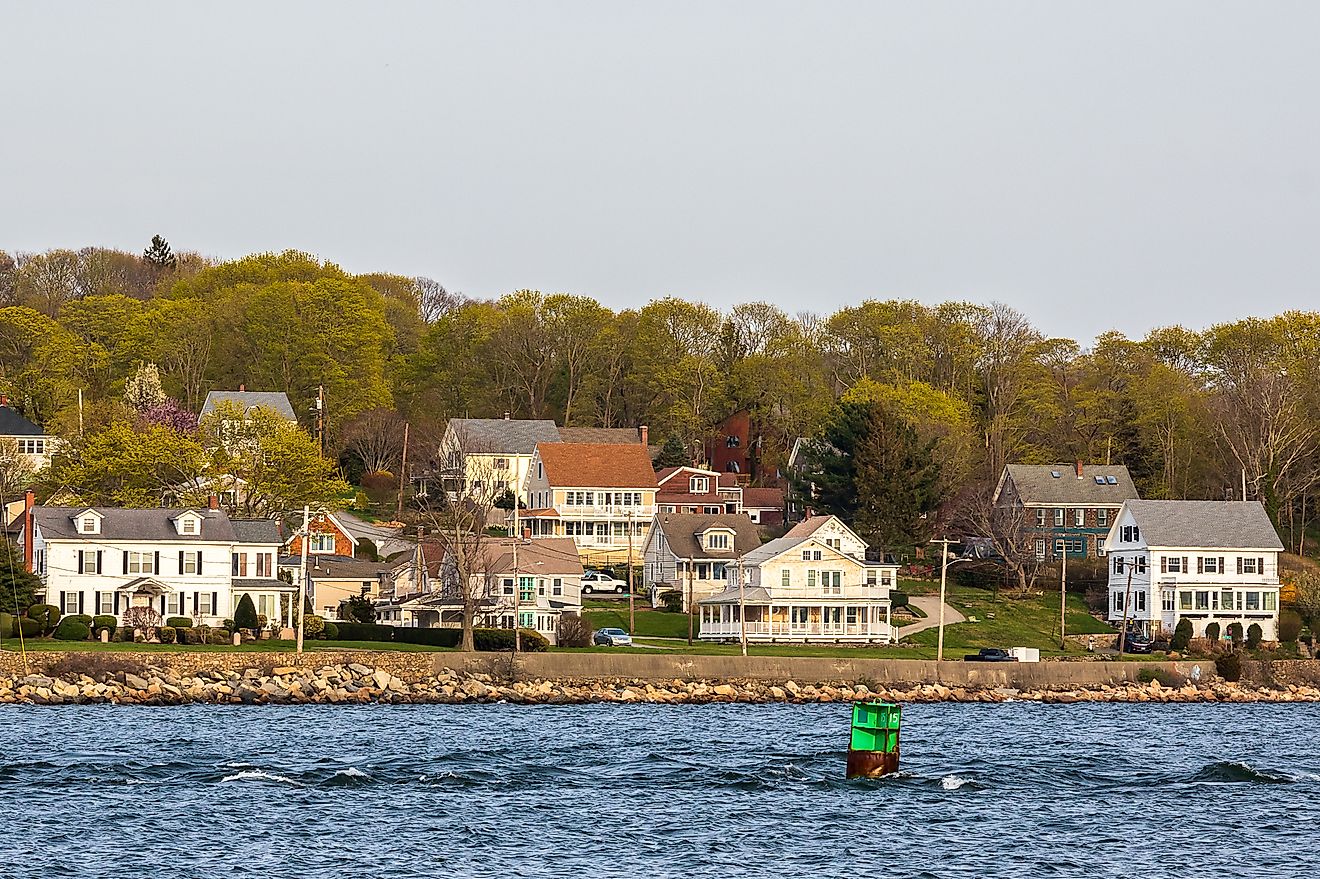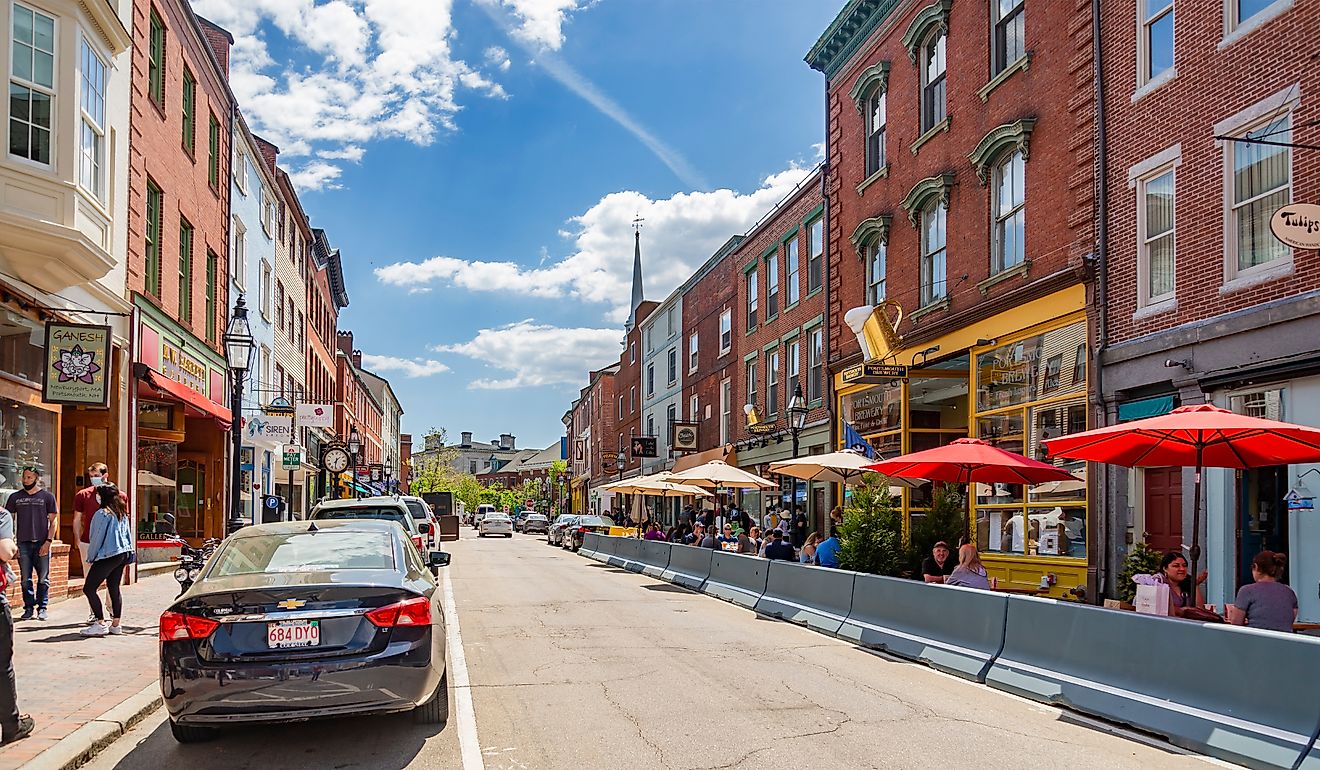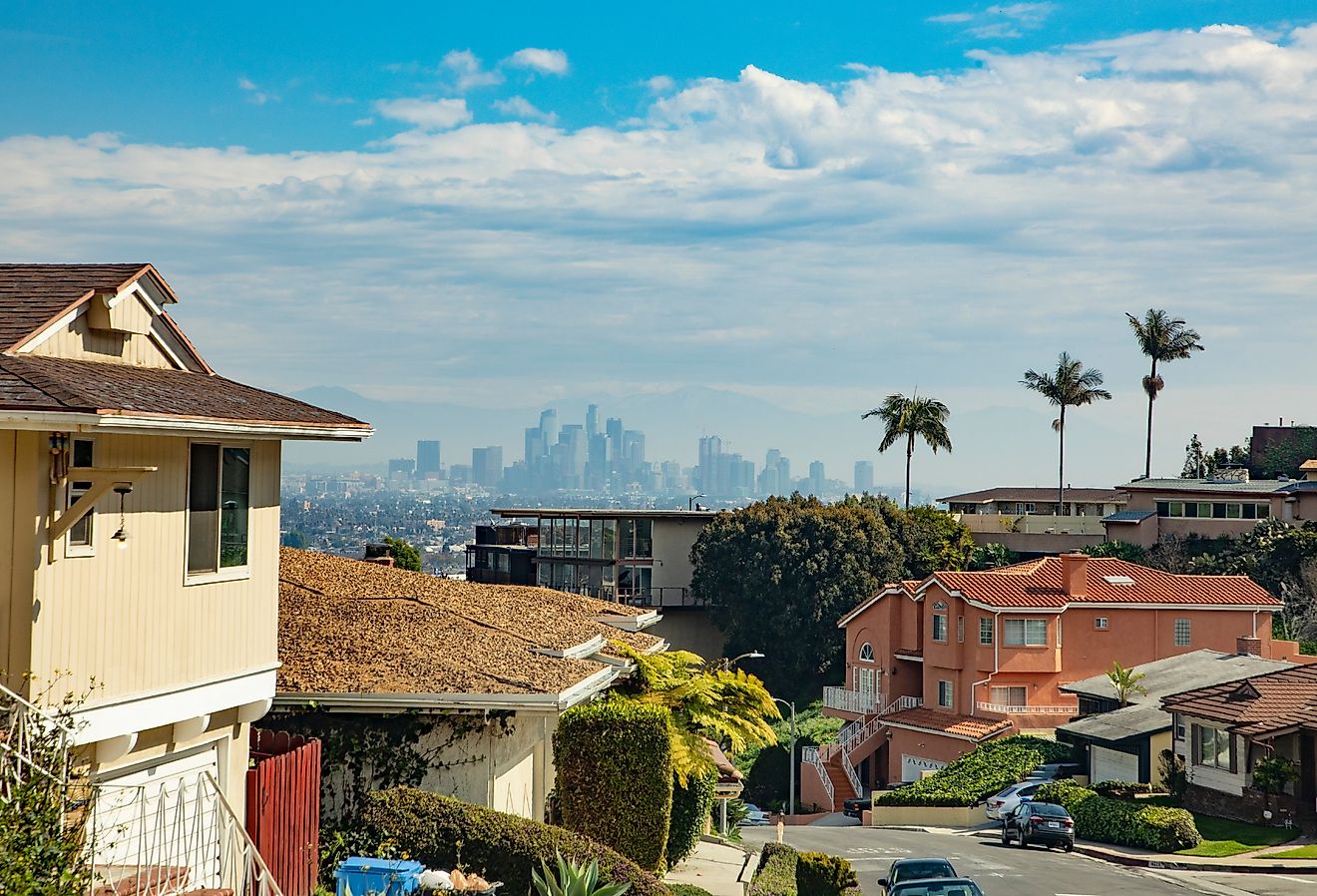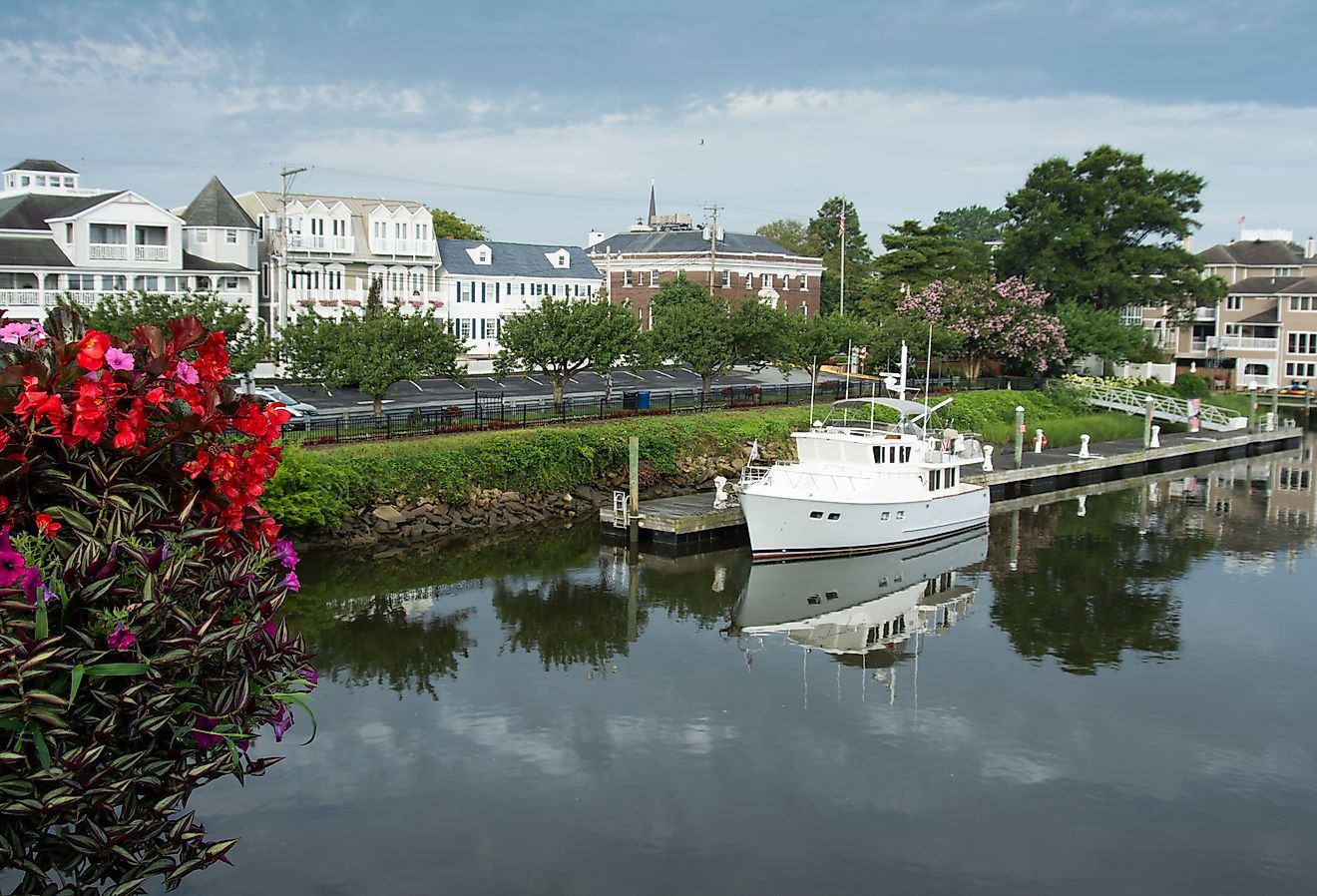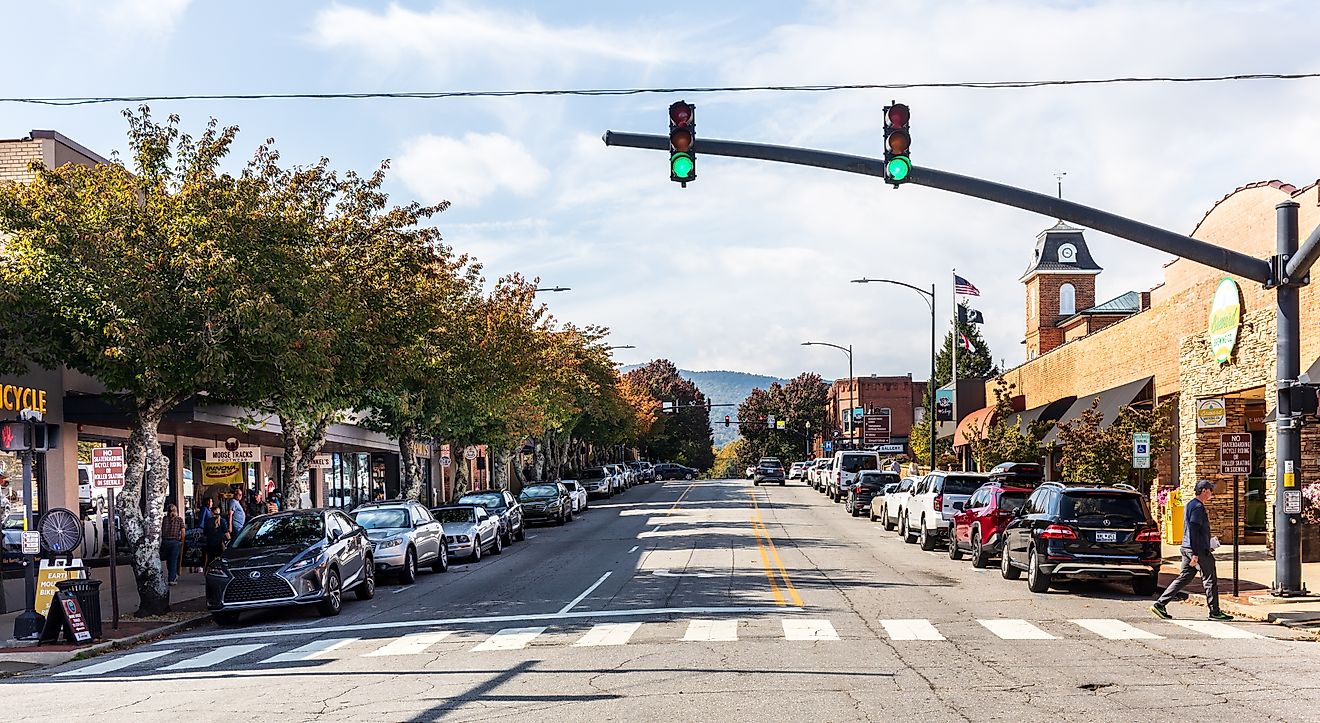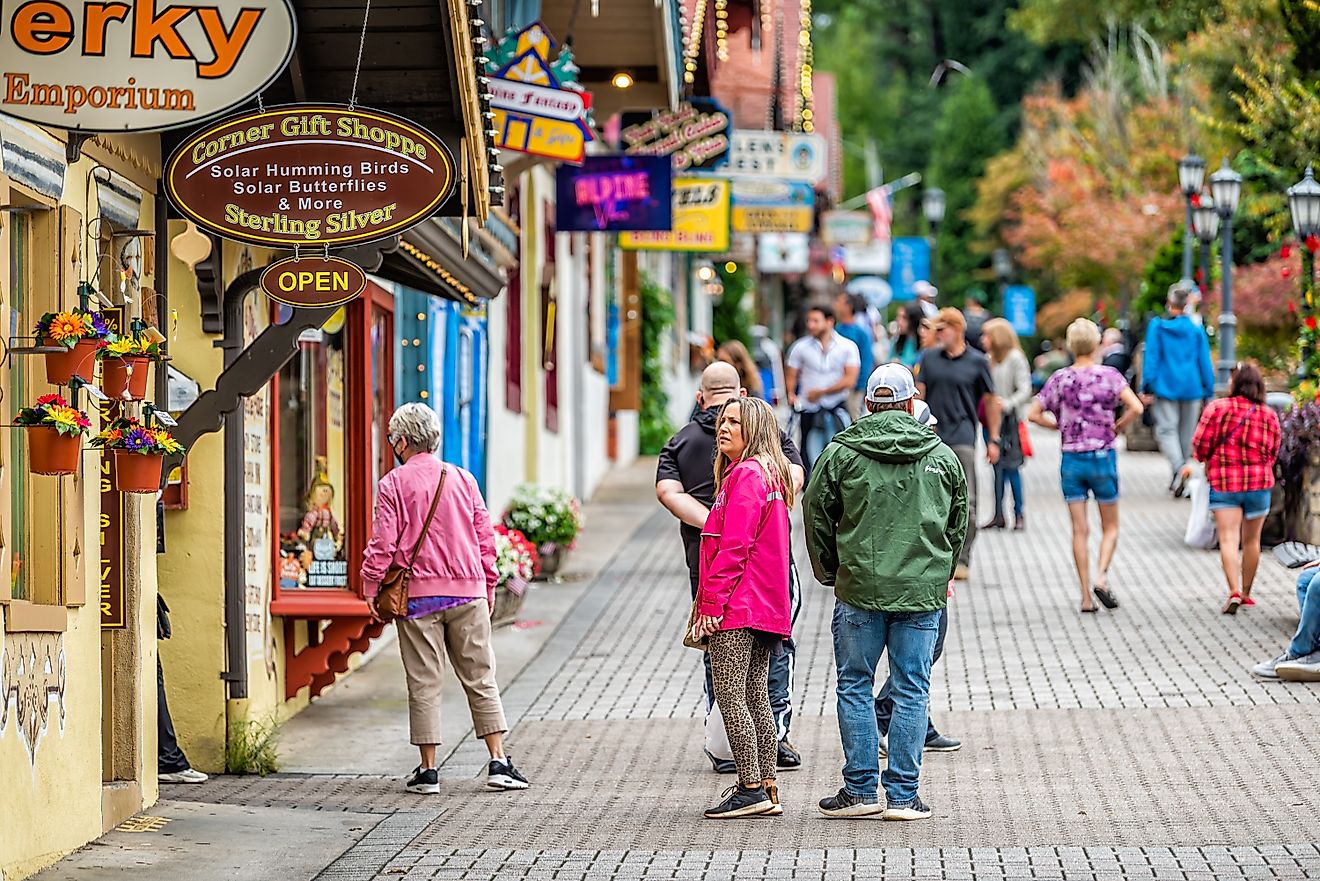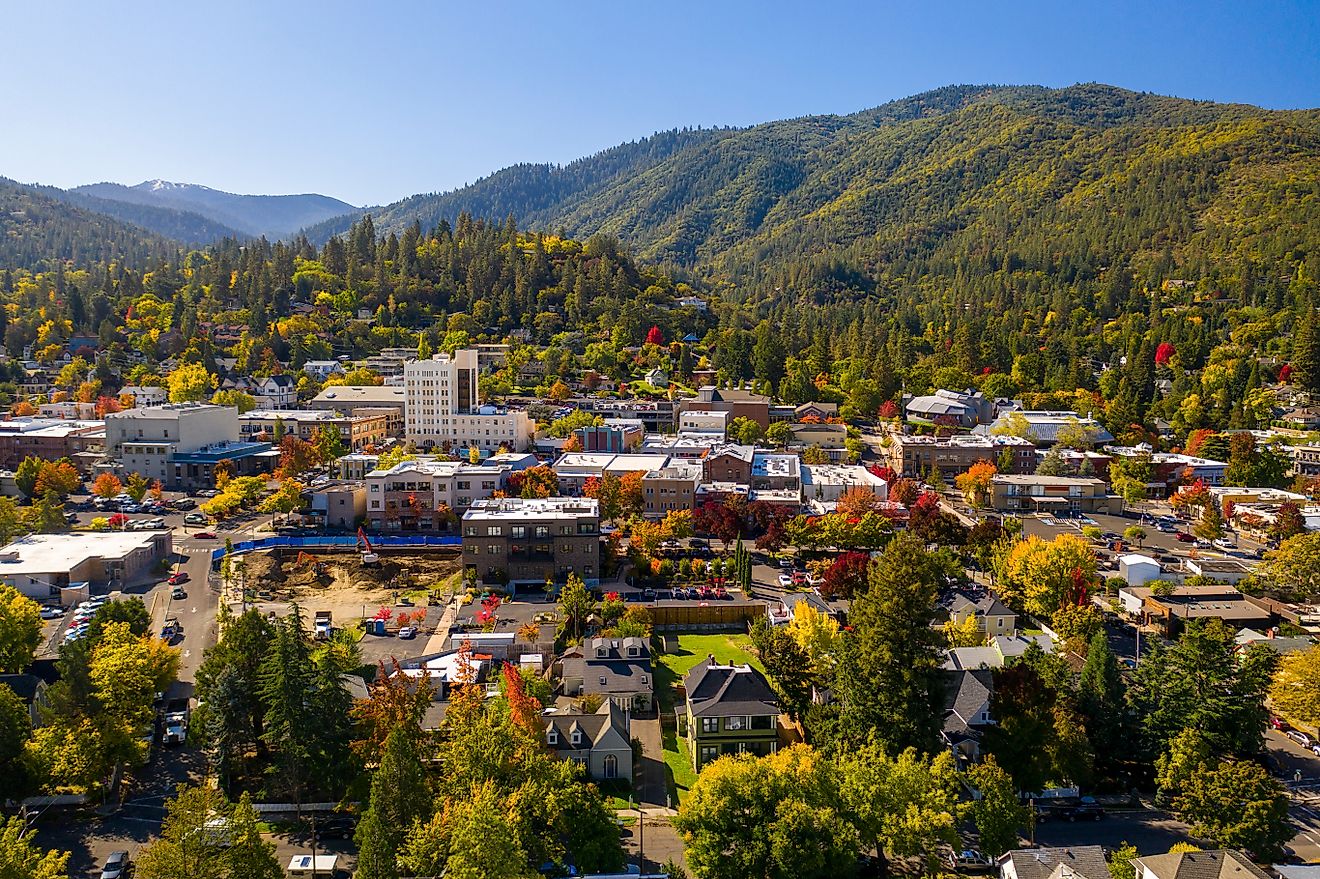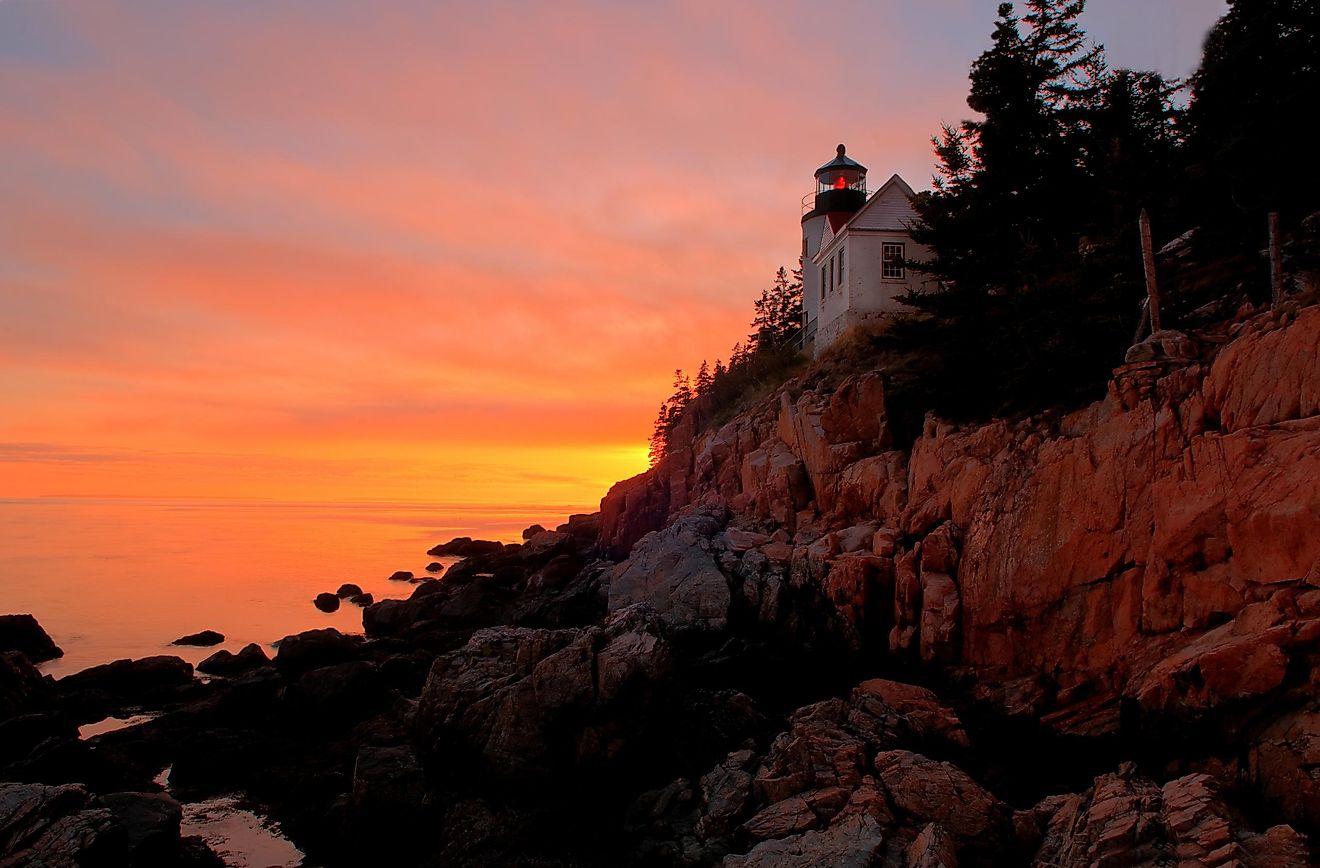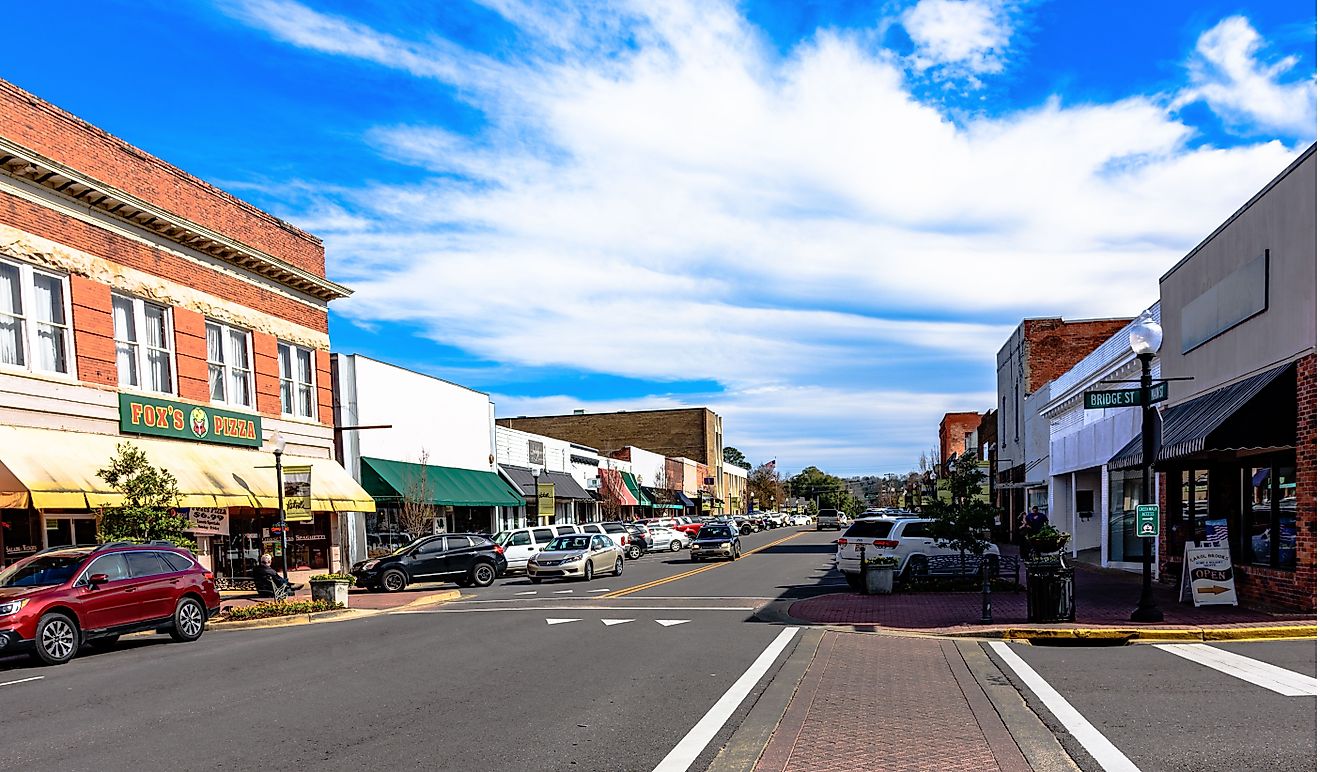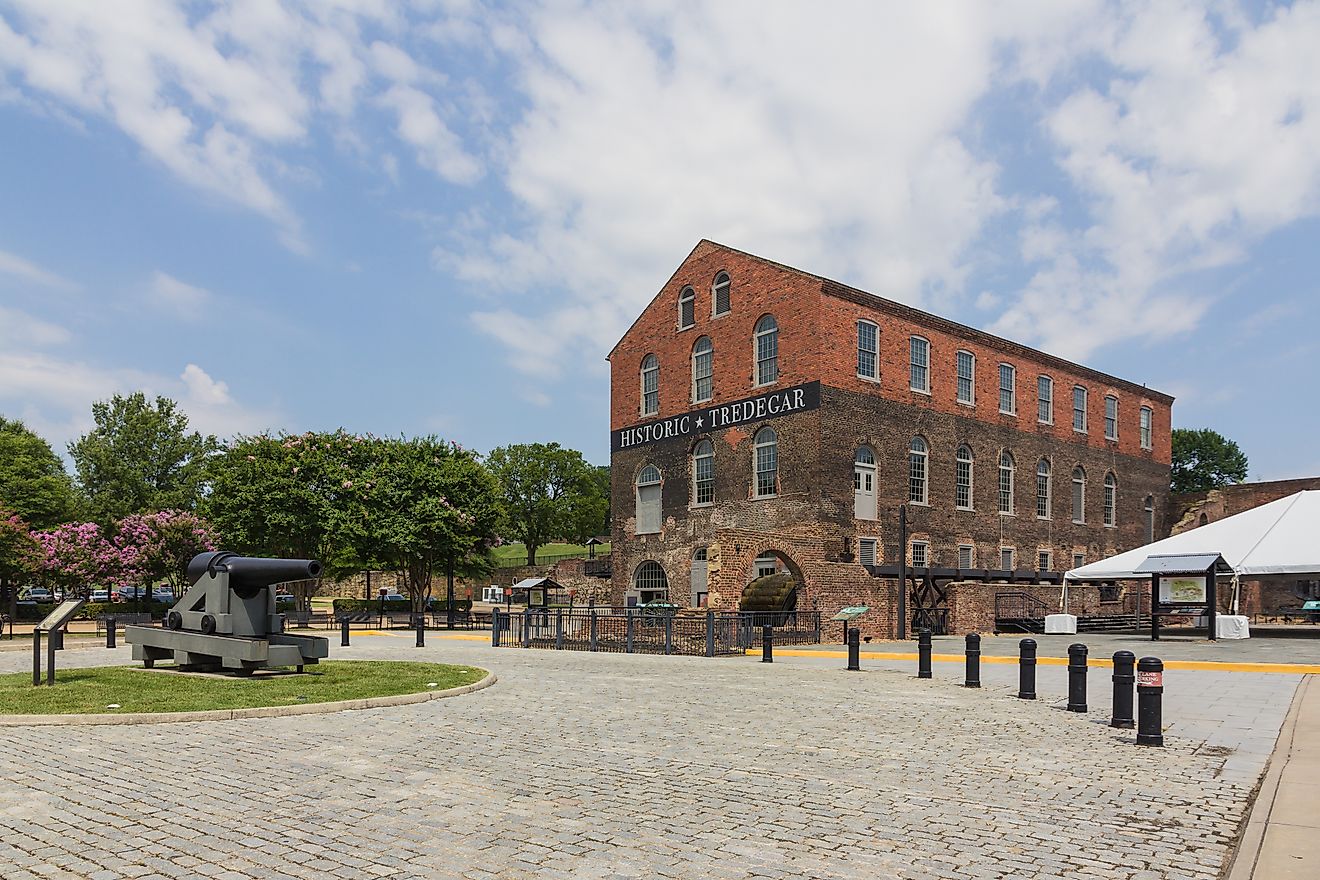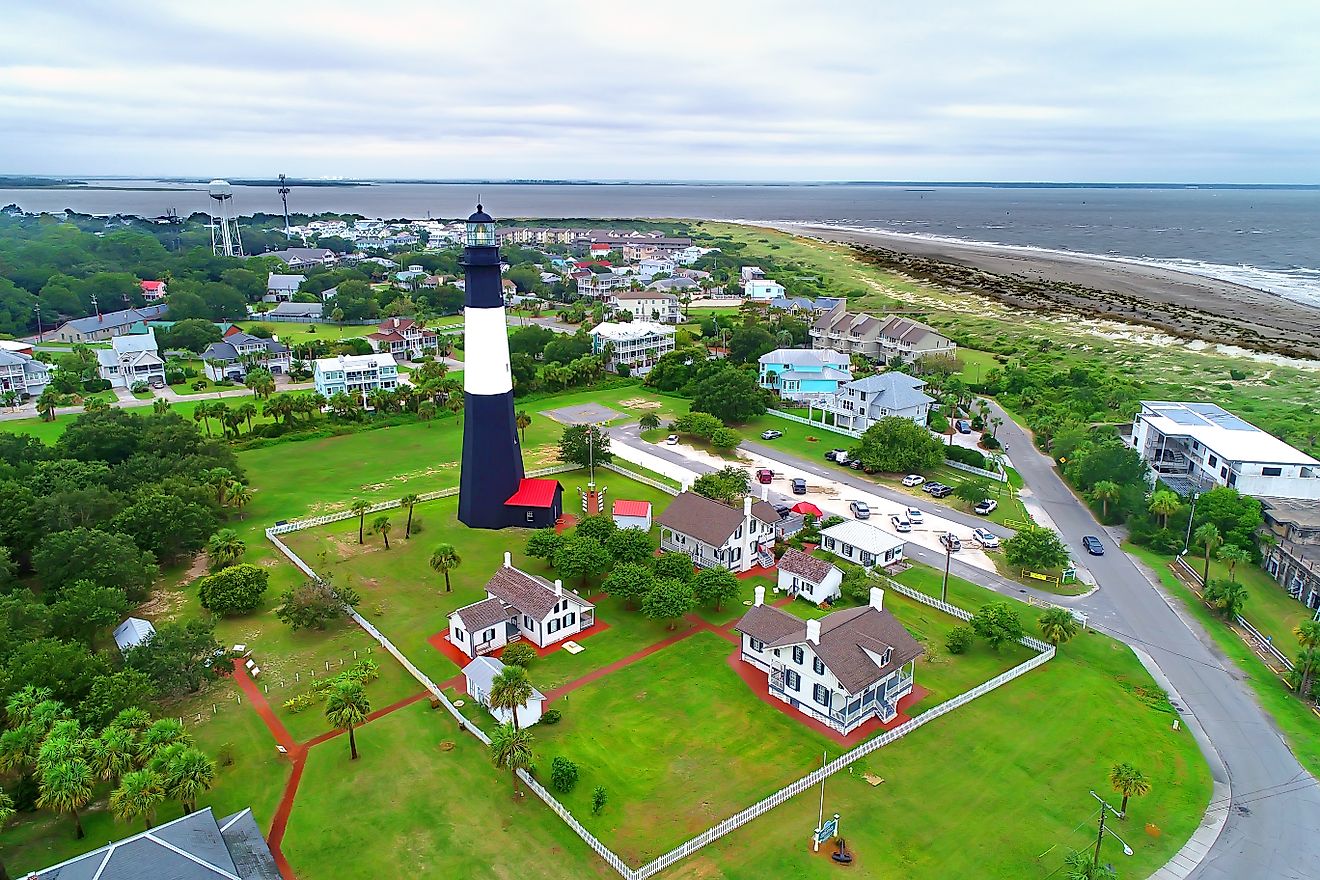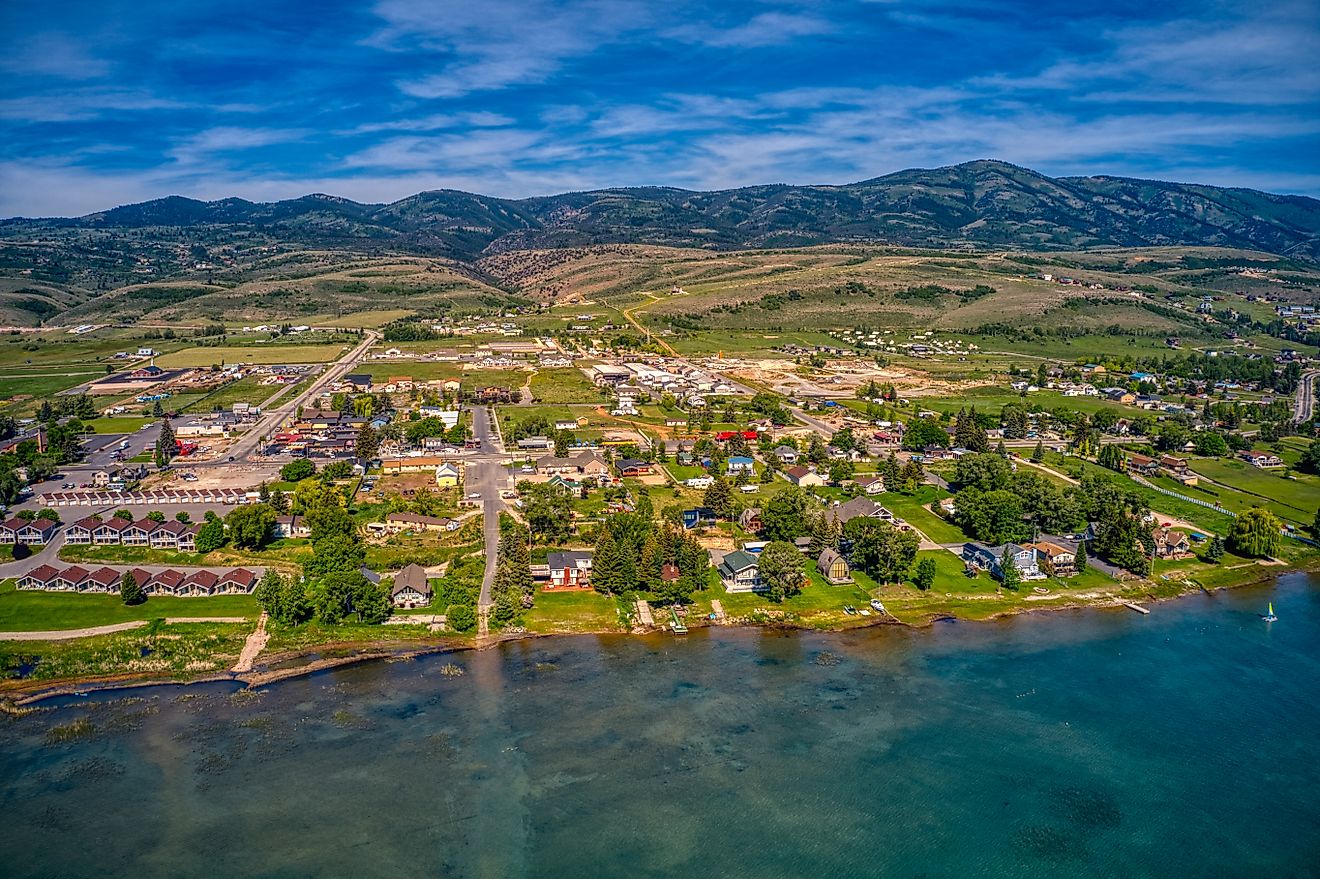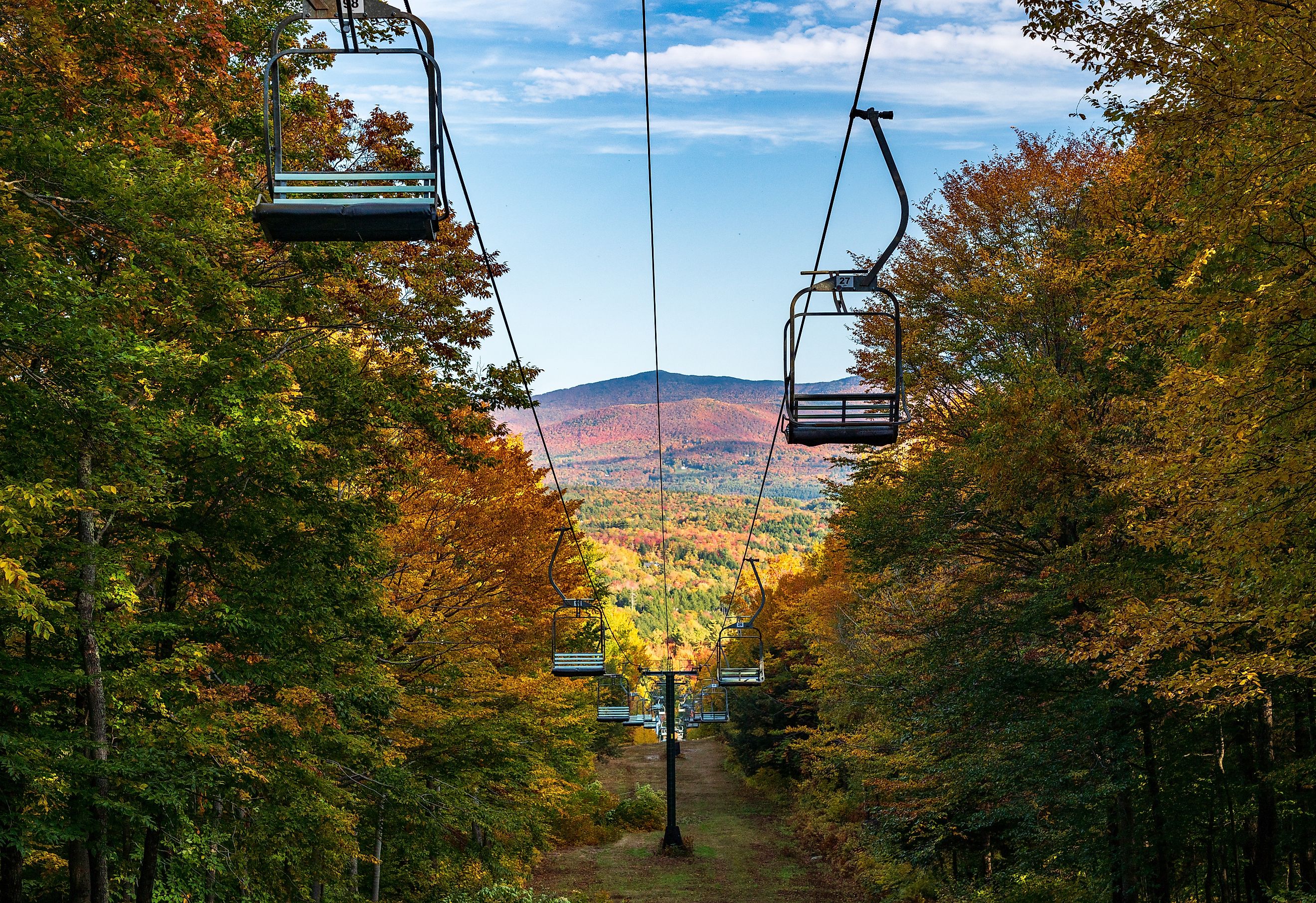
5 Best Natural Wonders To Visit In Vermont This Year
From its highest mountains to its lowest valleys, Vermont’s natural scenes are as breathtaking as they are vast. But before some of these geologic wonders existed, the Green Mountain State was blanketed in ice. Over time, glaciers chiseled away at the land, glacial meltwater and ice eroding, rearranging, and layering the landscape. As more time passed, the glaciers melted, leaving lakes and waterways in their wake.
Today, Vermont’s natural wonders attest to the thousands and hundreds of millions of years that shaped its landscapes into what we see today. Whether climbing the state’s highest peak, photographing its tallest waterfall, or exploring its rare geological landforms, Vermont has something bucket list-worthy for your 2025 itinerary.
Quechee Gorge
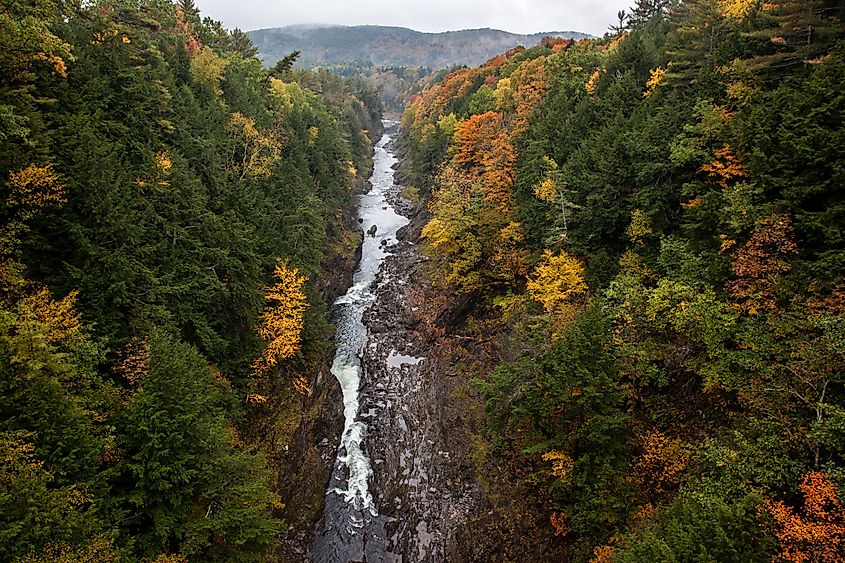
The 165 feet deep Quechee Gorge, Vermont’s deepest gorge and beloved natural wonder, earned its name from the very river that carved its walls. “Quechee” is shortened from the Natick word "Ottauquechee," meaning "swift mountain stream,” and the title could not be more fitting. Approximately 13,000 years ago, the land cradling Lake Hitchcock fractured, releasing massive amounts of water to the Ottauquechee River. During the first 1,000 years, the forceful flow from the drained lake carved out the majority of the gorge's impressive 165-foot depth. However, the Ottauquechee River’s force still erodes its bedrock to this day.
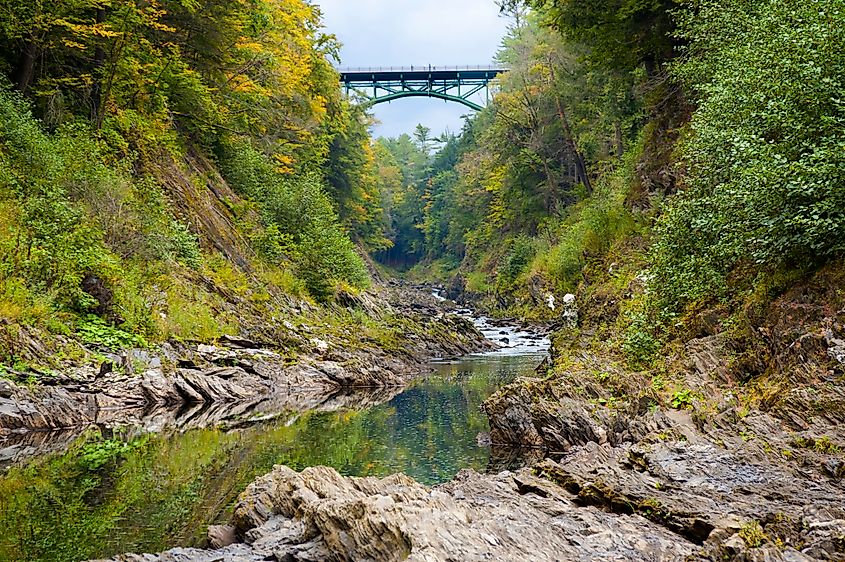
The Quechee Gorge is one of Vermont’s top natural attractions, welcoming hundreds of thousands each year. Quechee State Park, along US Route 4, is one of the best places to take in its beauty, whether camping, fishing the Ottauquechee River, or hiking the Quechee Gorge Trail. Autumn is one of the best times to hike the 1.3-mile out-and-back path, the park’s maples transformed with various shades of red, orange, and yellow. Summer is also a popular time to visit the gorge at Quechee Green Park in Hartford for the Quechee Hot Air Balloon, Craft, and Music Festival. This year’s event will take place June 20th to 22nd, 2025. Keep in mind, that balloon ride tickets sell out fast since flying over the Quechee Gorge is so spectacular.
Moss Glen Falls
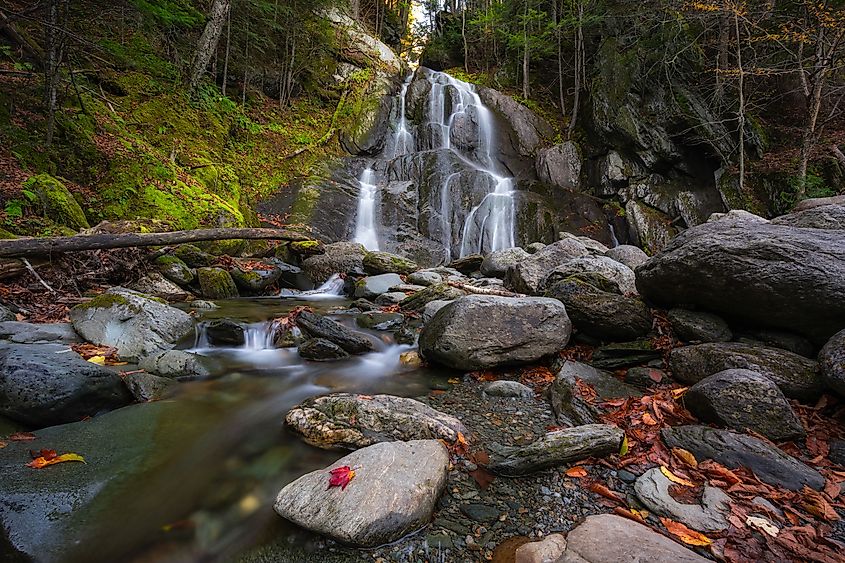
In the charming rural town of Stowe, travelers can find Moss Glen Falls, Vermont’s tallest waterfall. Not to be mistaken for Moss Glen Falls of Granville, this towering beauty cascades 85 feet, although some measure its total length at 125 feet. The hiking trail to the natural wonder is a short 5-minute drive from Stowe and the path itself is easy to navigate, following the Moss Glen Brook upstream. The full Moss Glen Falls hike can take 2 to 3 hours, guiding travelers through a scenic forest. However, the waterfall itself is only about a quarter-mile in from the trailhead.
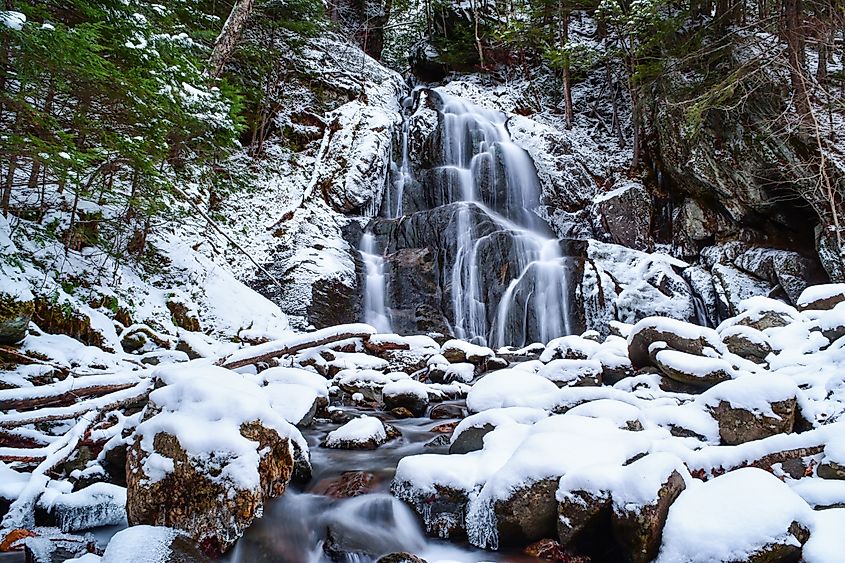
Before you reach the cascade, the path offers two separate forks: an easier path to the left taking adventurers above the falls, and a more challenging route to the right leading to the base of the falls. While both offer gorgeous scenes, it is recommended that less experienced hikers stick to the left. Hiking in winter is also not recommended for inexperienced hikers, as the snow and ice increase the risk of slipping. Ultimately, the best time to visit this glorious natural landmark, for skillful and unpracticed hikers alike, is in spring or fall. Both seasons offer mellowed temperatures, thinned crowds, and foliage at its best: lush in the spring and colorful in the fall.
Smugglers’ Notch
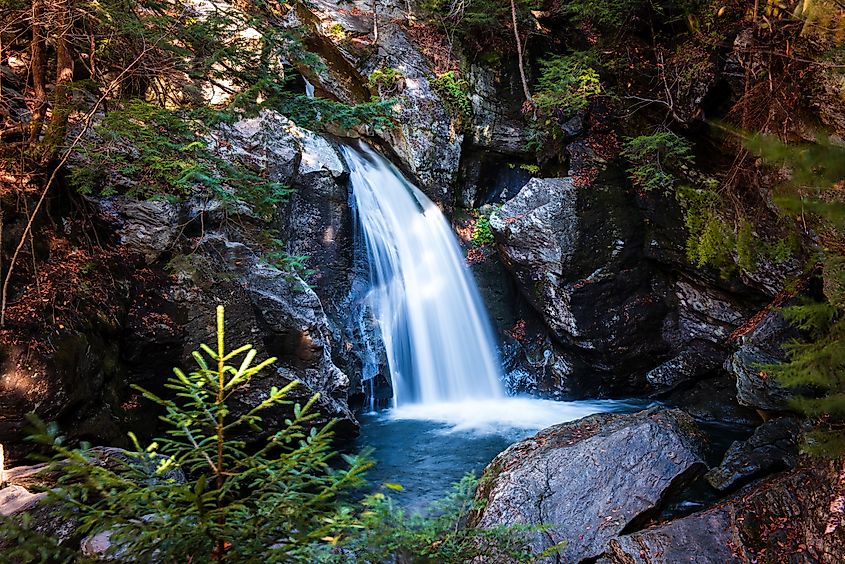
For a natural wonder with a riveting past, Vermont’s famed Smugglers’ Notch steals the show. Located in the heart of the state, this narrow pass is set in Vermont's Green Mountains. Its name originates from the 1800s when the natural route was a favored pathway for smugglers. Concealed behind a cover of forest and secluded caves, smugglers were able to transport their contraband from Canada to the United States. While the smuggling route slowed with the War of 1812, it eventually gained popularity again during Prohibition, forever cementing the landscape's captivating criminal past.
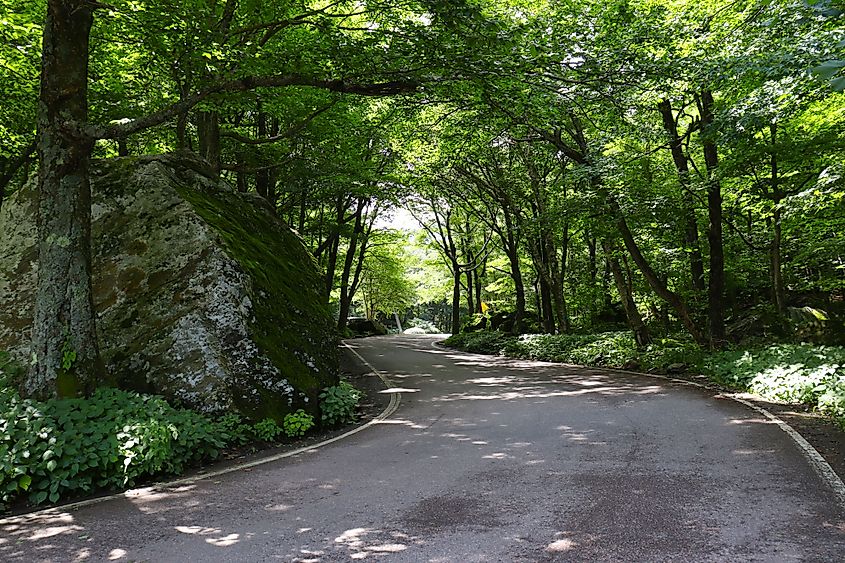
Today, Smugglers’ Notch is still remembered for its history, but it shines even brighter as a recreational hub. The Smugglers' Notch Scenic Highway, Vermont’s first official “Scenic Highways,” is a gateway to dramatic vistas and attractions around the pass, including the Smugglers' Notch Resort. For a more close-up experience, Smugglers' Notch State Park provides access to the mountain route and its gorgeous surroundings. Lined with 1,000-foot cliffs, the notch is popular for hiking, bouldering, and biking in the warmer months, while winter is when ice climbers visit from around the world.
Mount Mansfield
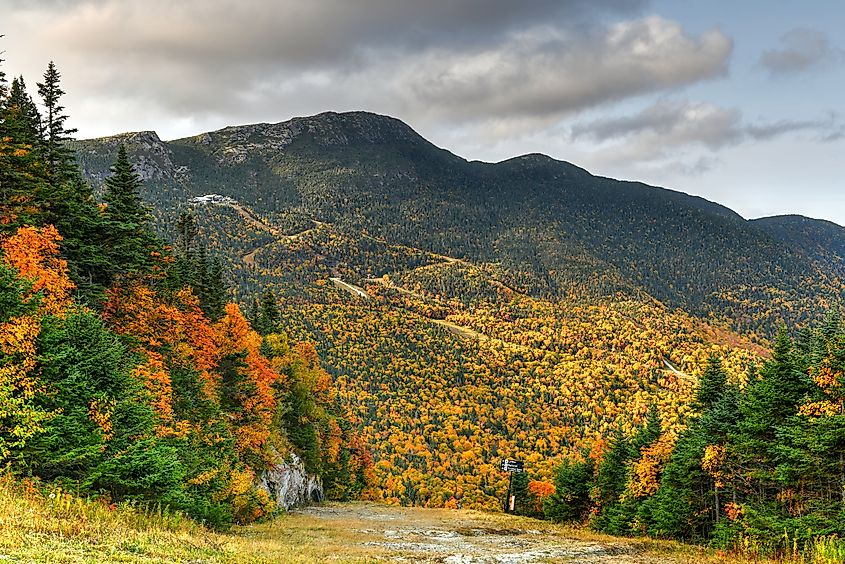
Smugglers' Notch State Park is located near the base of majestic Mount Mansfield, whose highest peak holds the title of Vermont's tallest mountain. Estimated to be between 380 to 500 million years old, the landform is separated from other Green Mountain ranges by Smugglers' Notch. The mountain is also known for its resemblance to a human profile, with a nose, chin, forehead, lips, and Adam's apple. The “chin” is the mountain’s highest point, stretching 4,395 feet above sea level.
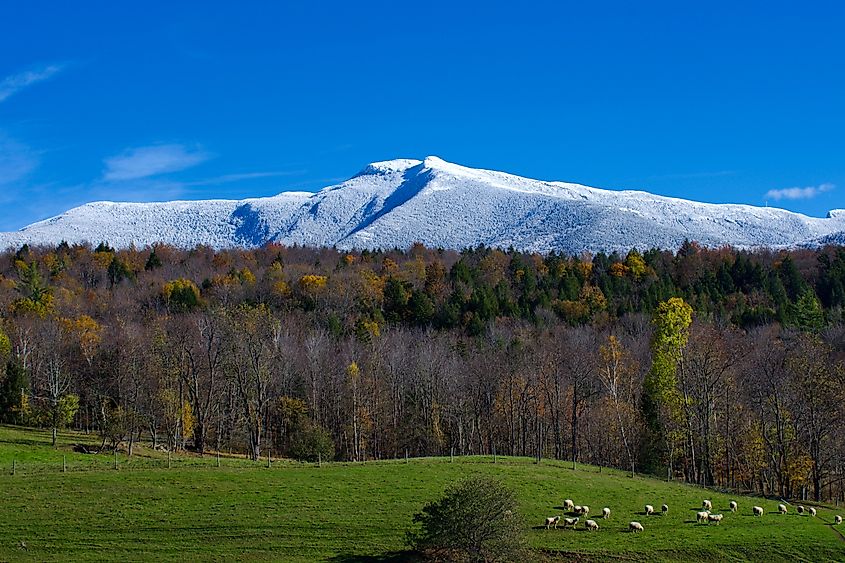
Beyond its unique anthropomorphic charms, Mount Mansfield is a dazzling four-season outdoor destination. Winter is when its slopes come alive with skiers and snowboarders at the Stowe Mountain Resort, whose 116 ski trails are internationally acclaimed. In the warmer months, the resort is also home to world-class hiking trails like the Sterling Pond Trail, Cliff Trail, and The Long Trail, America’s “oldest long-distance footpath” known for its breathtaking overlooks. Additionally, the mountain is home to some of the only alpine tundra in the eastern US, with stunning paths like the Sunset Ridge Trail and Maple Ridge Trail. Keep in mind that its tundra paths are closed from around mid-April to Memorial Day to preserve the terrain during New England’s mud season when melting snow creates slippery paths.
Rock Point
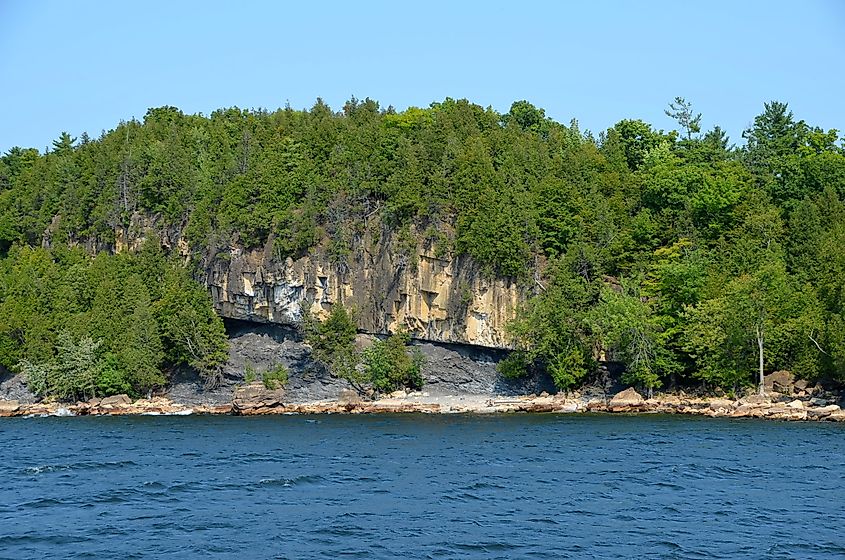
North of downtown Burlington, Rock Point is a picture-perfect promontory on Lake Champlain. The towering limestone crag is home to over 20 endangered and rare plant species, along with a rare Limestone Bluff Cedar-Pine Forest. In total, Rock Point boasts 2 miles of free public trails, while experienced climbers travel from near and far to challenge themselves to its rugged cliffs. Climbers are required to review and follow the Rock Point Cliff Use Guidelines, while hikers should research trail access in advance since some may be closed on occasion. For instance, the Holy Trinity Trail is often closed seasonally, usually toward mid-summer.
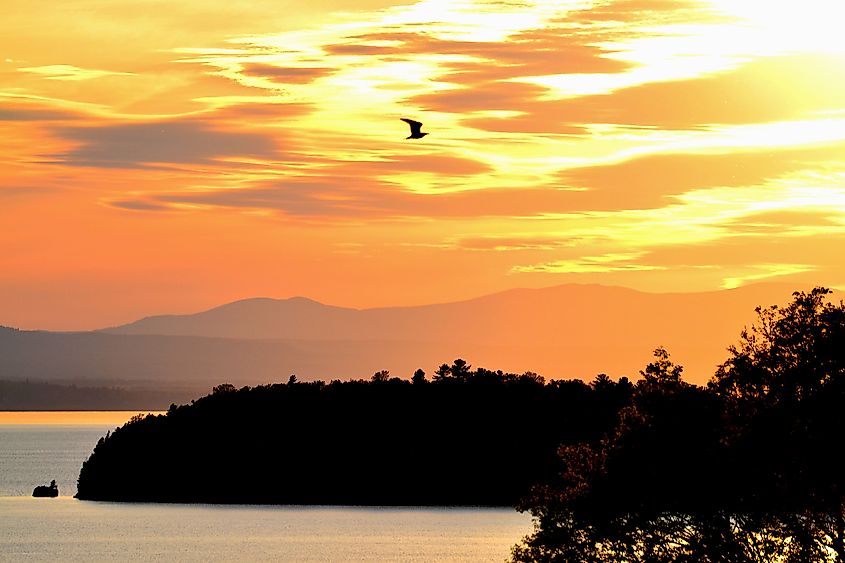
Rock Point’s top geologic attraction, however, is the Champlain Thrust Fault, whose bedrock layers were formed between 500 and 540 million years ago. The Thrust Fault is a beloved landmark for its rarity; while others exist around the world, it is one of the few to be so exposed and accessible. Travelers can take the Sunset Ridge Trail or Thrust Fault Trail to descend a stone staircase to Rock Point’s shoreline, where dramatic views of this “Geologic Wonder” can be observed at a rare eye level.
Final Thoughts
Looking at Vermont’s landscapes in 2025, it is hard to imagine the state was once covered in ice and glaciers. But as with all geologic wonders, time painted and sculpted the state’s landforms into the unique shapes and colors we see today. Even month by month, we can witness mother nature at work, transforming trees with reds and yellows in the fall, blanketing Vermont’s mountains with snow in the winter, and rejuvenating landscapes with greenery each spring and summer. But regardless of the season, Vermont's best natural wonders are poised to offer something extraordinary in 2025.
